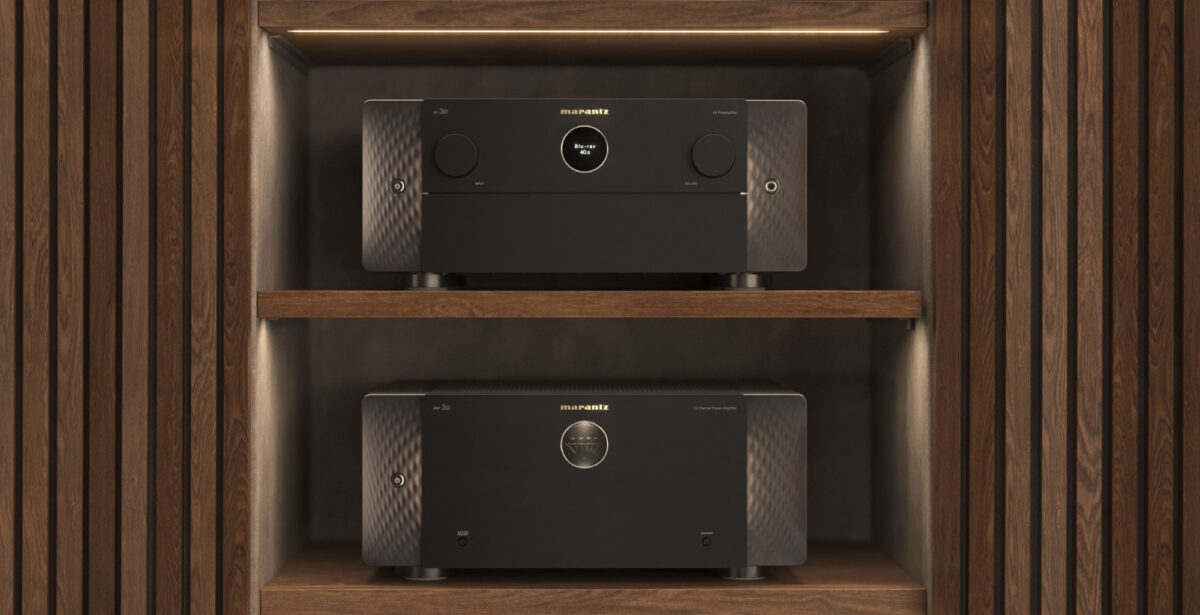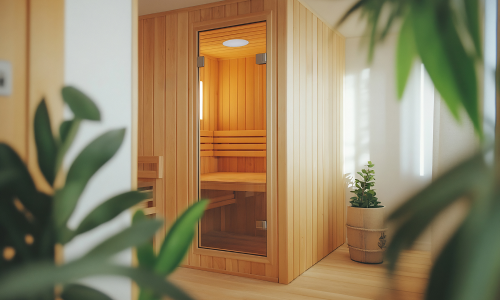We Have the Power to Remove Product and Technology Noises from Our Living and Learning Environments
Remember being in class and hearing someone’s squeaky shoe during a test? Or perhaps you had a ballpoint pen “clicker” sit a little too close to you – drawing your attention to his thumb and color of the ink, all while you imagined ripping the pen out of his hand.
While we can’t always eliminate “people” sounds, we can design our smart home audio systems in preparation for them, with the goal of minimizing or eliminating them. In design and product selection, we also have the option to choose products that operate in silence (or near silence), versus those that result in hums, beeps, clicks, and the relentless sound of grinding motors.
As someone who is sensitive to light and sound, I’ve always struggled in loud, chaotic environments, but here’s the thing: it’s not just because I’m sensitive to these sensations. Research has proven that this “audible garbage” can distract from sufficient learning in educational environments and interfere with sleep in healthcare. Heart rates are shown to increase with loud environments while altering behavior and social interactions. As specifiers in home technology, interior designers in homes and commercial spaces, and architects that love open floorplans, we have the power to remove audible garbage from our listening environment.
I’ll start with open floorplans and the hard surfaces connected to them. These areas tend to be beautiful and look stunning when showcased in our favorite interior architecture magazines. Yet, when you look at the reality of how the space is used, it’s often multi-functional, full of people and sounds.
The kitchen is a perfect example of mass chaos, both in its function and decibel level. People come in and out, appliances whir and beep, homework is attempted, audio/visual systems add to the entertainment experience, and it can be loud. This same concept applies in classrooms, where students report feeling dizzy or uncomfortable, and have a hard time understanding the teacher in noisy environments.
Let’s fix the problem before it starts by designing ahead of poor learning or dizzy students. Consider soft fabrics in specific areas, acoustic treatments in open spaces, and how people communicate (both the speaker and listener) in these environments to ensure your guests can hear each other in your home and children can learn better in their classrooms.
Another area of consideration rests in the electronic systems that we have around us…and it’s not uber techies that I’m referencing. Homes, work spaces, and commercial shopping centers all have lights. Poorly designed lighting, or that which is improperly wired or dimmed, can often buzz or hum, providing audible errors in functionality that can be irritating or distracting for the user. Combine that with the visual side effects of poorly designed systems and add flickering or strobing on top, you have a perfect recipe for a negative experience or in extreme cases, seizures.
Aside from health and education, audible garbage affects our quality of life when we invest in products or solutions that are aimed at providing convenience, atmosphere, ambiance, and comfortability. In my world of smart home technology, motorization is one such investment that many clients want, namely for window shades and hiding televisions. The cheapest option is typically one where the motor sounds the loudest. Imagine being told that your window shades can gently wake you in the morning, only to find the G-R-I-N-D-I-N-G sound that accompanies it jarring, not gentle.
Television lifts are another area where inexpensive products tend to result in loud experiences. Wouldn’t it be frustrating to invest the time and money in a custom media cabinet with a lift, using the finest craftsmanship in woodwork and detail in the finish, only to hear it grate your senses every time you use it? One of my clients left his TV up, exposed, out of the custom media cabinet because their previous home technology provider selected such a product. What a waste of time and money! He spent more to correct the issue, but he shouldn’t have had to in the first place, if properly designed.
If you are in the design/build industry or are involved in product selection, it is important that you consider the audible impact of your design or the items you choose to be in that space. Paint the whole picture – not in just what you can see, but in what you hear (or don’t hear) once the project is complete and in use. Our experience is depending on you.







![integrateu header [Photo credit | IntegrateU]](https://restechtoday.com/wp-content/uploads/2025/05/integrateu-header.jpg)
